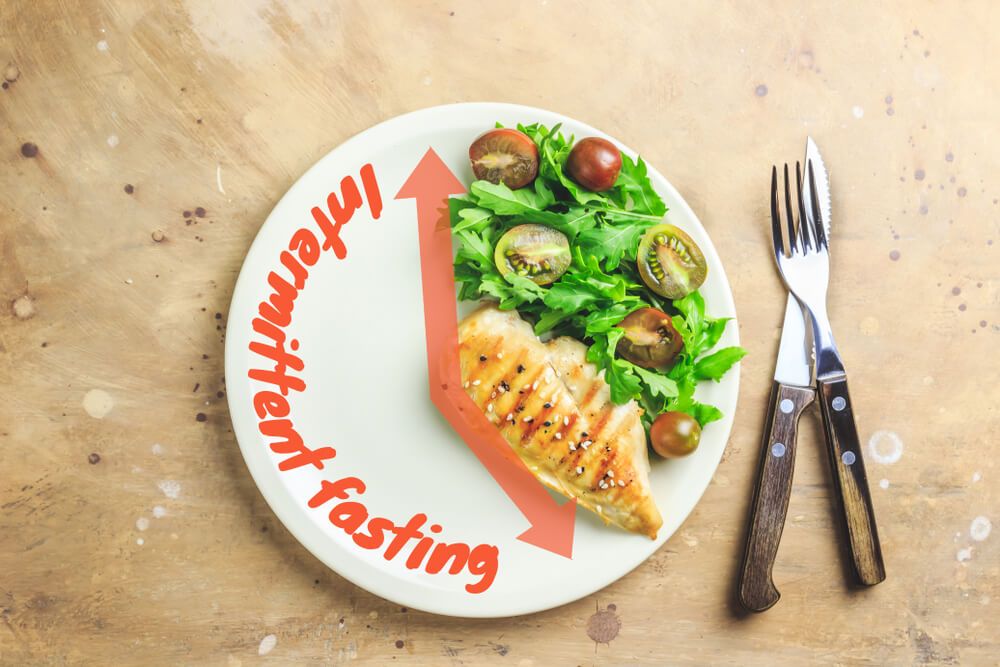Like most people interested in fitness I have tried many different diet methods from keto to carb cycling. The problem that I along with most people struggle with is finding balance and an eating schedule that is sustainable and not stressful!
Obviously, if you want to get shredded you have to suffer a bit; that’s part of the process. But what about the average person who just wants to look good and have a six-pack, but isn’t willing to risk their social life? Enter Intermittent Fasting (IF).
What’s The Science Behind It?
Though research is still in its infancy; what has been studied has shown great promise. The idea itself is not new. In fact, there is research dating back to 1930’s showing that mice who ate less often lived longer. Today, much has been discussed in the form of potential weight loss and benefits that occur from that. IF works because when we eat, much of what we eat eventually breaks down in to some form of sugar which raises blood glucose. In order to transport this sugar the pancreas releases insulin which acts as a shuttle to the liver which will produce glycogen for energy. Without insulin the glucose in the blood will continue to rise and one will develop symptoms of hyperglycemia eventually leading to diabetes. This process of metabolizing will continue to work to maintain stable blood sugar anywhere from 8-12 hours. After this period our body will switch to burning body fat, as glycogen has been depleted, for energy and equilibrium. Several benefits have been noted from fasting including:
- Increasing insulin sensitivity
- Decreasing systemic inflammation
- Increased Growth Hormone (anti-aging hormone)
- Stimulates production of Protein BDNF (brain-derived neurotropic factor) which is neuro-protective
Still, many are still weary of the effects of IF. Some studies have shown that long term fasting could actually increase inflammation. Majority of the studies have been promising however.
How Do You Do It?
This is my general recommendation, however there are many ways to structure your schedule.
First, IF is not a diet, it’s an eating schedule in which you establish a window of time you will consume all of your calories for that day ( from 4-8 hours), then when that time is up you will fast until that window of time the next day (anywhere from 16-24 hours). Since a 500 kcal/day deficit will yield a 1lb weight loss per week many people achieve consistent weight loss by simply cutting out breakfast.
I myself have been experimenting with fasting for about a year now, and I have helped several people using this method. I recommend starting at a 16 hour window of fasting simply by skipping breakfast. I personally follow a fasting schedule of 10pm-2pm daily. This can be increased over time pending progress.
I have noted the following:
- Leaner body composition while eating more calories
- Decreased appetite
- More energy
IF is a simple and efficient way to eliminate calories (a lot of times empty calories!) from your day-to-day diet.
Quick Tips:
What you eat during your window matters! ( for recommendations Click Here.)
Exercising in a depleted state will aid in depleting glycogen
IF is an eating schedule, not a diet. Good eating habits must still be practiced or your results may suffer. It’s about making healthy choices you enjoy!
Consider hiring a professional to help you plan your schedule
IF is not for everyone. As always, please consult a professional before starting any dietary regimen.

